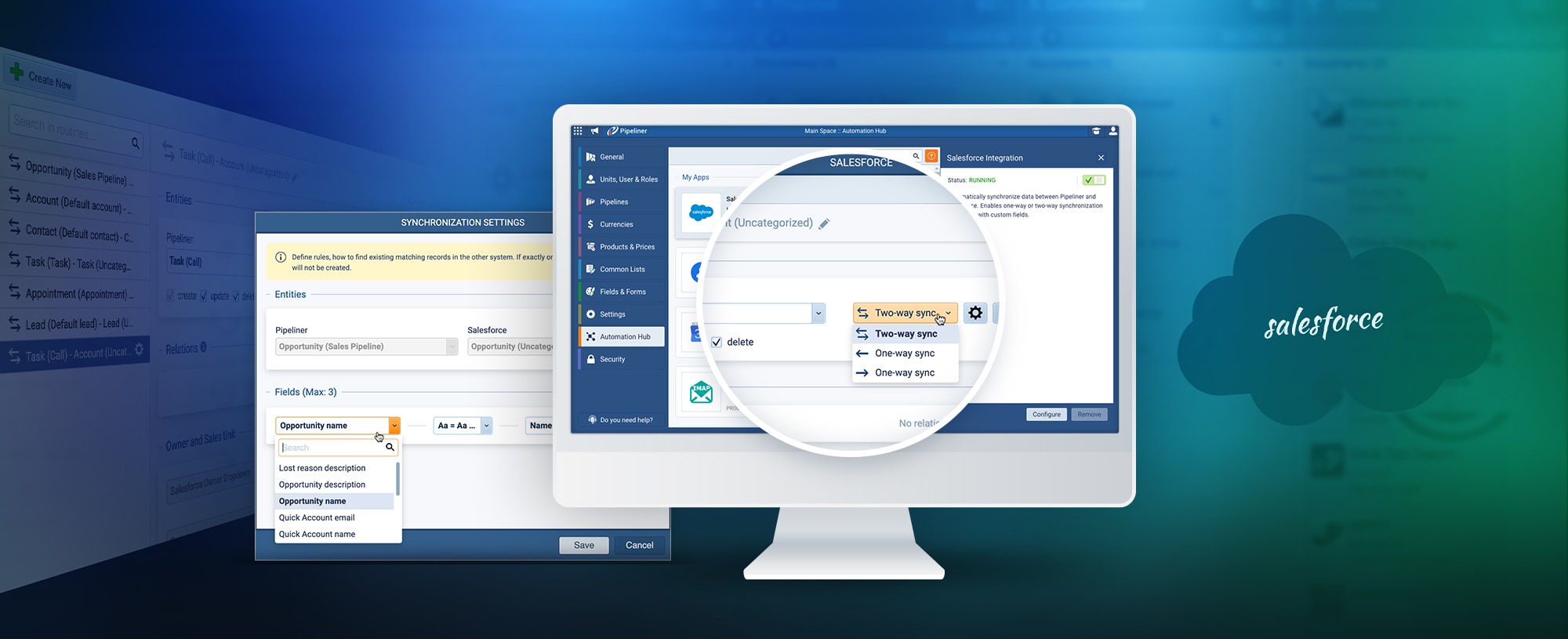Into the sales technology industry we now introduce a new productProduct Product refers to anything (an idea, item, service, process or information) that meets a need or a desire and is offered to a market, usually but not always at a price. category: the Sales Suite.
Approaching Complexity Incorrectly
Commerce, and especially sales, has today reached an all-time high when it comes to complexity. The technology industry has dealt with this complexity with an ever-increasing number of apps, a separate app developed to deal with every single factor in this complexity.
As one example, how many different categories do we have for sales functions? Sales labeling, sales execution, sales CRM, sales marketingMarketing Marketing is the field, set of actions, or practice of making a product or service desirable to a target consumer segment, with the ultimate aim of effecting a purchase., sales engagement, and many more.
Each of these separate functions often exists within its own silo, and every silo possesses its own tech stack. Talk about complex! In reality, a company needs to implement an overall solutionSolution Solution is a combination of ideas, strategies, processes, technologies and services that effectively helps an organization achieve its goals or hurdle its challenges., not one for accountAccount Account refers to a record of primary and background information about an individual or corporate customer, including contact data, preferred services, and transactions with your company. management, then another for reporting, yet another for outbound calling, and yet another for something else. That kind of approach is not solving our already overly complex sales and commercial landscape.
Let’s use an analogy outside of sales. Suppose we were looking to deal with a number of different chemical compounds: oxygen, hydrogen, nitrogen, carbon, calcium, phosphorus, sulfur, potassium, sodium, chlorine, and magnesium. Trying to deal with these factors individually becomes incredibly complex. Yet, do you know what these compounds combine to make? The human body. That’s you and me. Yet if we simply focus on each individual compound, we’d never see the overall human body.
A New and Different Path
We’ve reached a crossroads at which we must discontinue the “one problem, one solution” method. A problem pops up, we evolve a fix for it. Yet another issue crops up, we evolve a fix for that one. We’ve been operating like that for too many years—it’s time for a new approach.
Rather than pulling apart and examining each bit of information, we need to get a grip on integrating and correlating each piece.
We often attempt to understand complexity by attempting to simplify it. In the future, however, we cannot reduce complexity because it’s constantly growing. We therefore must develop systems that can deal with this complexity as we have done with Pipeliner CRM. We haven’t developed Pipeliner to deal with a single facet of sales—for example only sales automationSales Automation Sales Automation is the act, practice or technique of using software to simplify, speed up or streamline the entire sales process or specific component activities such as customer tracking, forecasting, and inventory monitoring.. No, in addition to sales automation, Pipeliner addresses project management, key account management, activity management and much more.
The Holistic Approach of Pipeliner
Pipeliner, therefore, cannot be categorized into a single silo’s tech stack.
Therefore, Pipeliner does not fall into a single tech stack in a single category. We enhance the entire tech stack in sales—which creates the new category of the Sales Suite.
Pipeliner is the only system with a completely holistic approach to complexity. Complexity is all about a variety of factors. This variety is constantly changing, which makes it dynamic. Pipeliner is, therefore, dynamic in response.
A Matter of Quality, Not Quantity
Complexity also involves an ever-escalating quantity of factors. This will not change, but will only continue.
The approach to dealing with this quantity cannot be the application of an ever-increasing equal number of solutions. For example, within a company, you can have a very productive organizationOrganization Organization is a cohesive group of people working together and formally bound by a shared identity (e.g., one team, company, club, etc.) and a common purpose (e.g., business growth, athletic victory, etc.). dealing with all kinds of complexity, consisting of relatively few people—if these people have learned to communicate and coordinate with each other and deal efficiently with complexity.
An illustration of this point can be taken from the Bible, in the account of Gideon’s battle defeat of the Midianites. God told Gideon that he was trying to fight the battle with too many men, and instructed Gideon to take his troops, numbering in the thousands, down to a river to drink. God told Gideon to eliminate all the men who dropped down and lapped at the water like dogs, and keep those who drank from their cupped hands. Gideon was left with 300 competent soldiers, and won the battle with them.
Victory, whether it be in battle or in business, often has little to do with numbers. It comes about through a competent group of individuals who have learned to trust each other, and can connect with one another.
The Tangible and the Intangible
Another approach people often take with complexity is to only deal with elements they can see. The problem is that real complexity is often intangible. You don’t always see relationships and connections. They are very definitely there, but not always visible.
In actuality, complexity contains aspects that are intangible. For that reason, we have created Pipeliner CRM to make the intangible tangible, to make viewing complexity more simple.
To do so, we have utilized principles evolved by Norbert Wiener, creator of the science of cybernetics, which he called control and communication in the animal and the machine. It is through these principles that we enable organizations with plentiful options for handling complexity, because each business has different complexities.
No Falling Back
Another way some try to handle complexity is to reduce it. This again is the wrong approach; complexity will not reduce. We can only learn to effectively deal with it. When faced with complexity, many fall back to things they know, to “safe territory.”
We should proceed in precisely the opposite way. Our approach to the future should be bold and robust. We must dynamically connect to information, to organize and structure it, so it becomes a real system.
Expansion of Pipeliner CRM Functionality
It could be said that an approach like this cannot happen overnight, and I would agree. That is why we are continually adding functionality to Pipeliner, so that it can holistically deal with complexity. That is why we recently added, for example, the Appointment Planner. Why? There is complexity in a person making their time available and inviting others. We felt it should be integrated into the whole system at no extra charge to the customerCustomer Customer is an individual or an organization that purchases a product or signs up for a service offered by a business..
We have introduced other features to address complexity in business, such as document management. Why would a company require a separate application to manage documents that they will utilize within CRM? Yet others include opportunity fitness, forecasting, and our latest addition of powerful lead management. With these, we have taken yet more measures that no one in the CRM space has taken.
In dealing with complexity and rendering it comprehensible, the Sales Suite brings us to a brand-new frontier.





